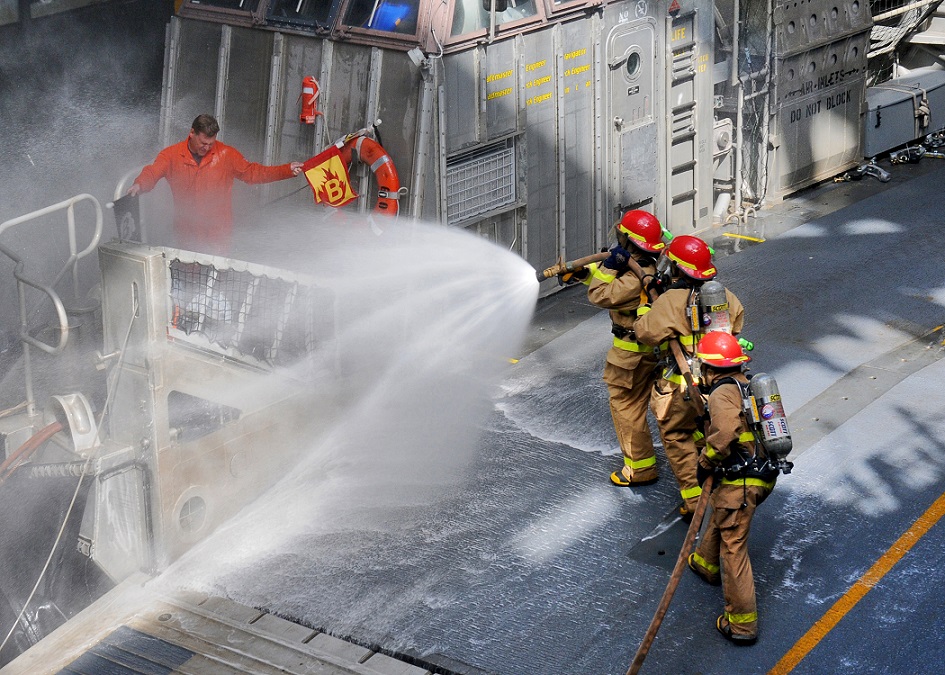This post is also available in:
 עברית (Hebrew)
עברית (Hebrew)
First responders capabilities are to be enhanced within the framework of the US efforts to advance smart city technologies. The Department of Homeland Security (DHS) Science and Technology Directorate (S&T) and its research and development (R&D) partners recently issued a Request for Innovators (RFI) seeking to prototype, test and transition cutting-edge emergency response technologies. The goal is to put tools with smart city and Internet of Things capabilities into the hands of first responders by 2020.
The S&T partnered with the Center for Innovative Technology, Smart City Works innovation lab and TechNexus for this purpose.
“This RFI is part of a larger smart cities effort announced in September to spur economic growth and invest in the men and women who protect our communities. We look forward to collaborating to increase first responder safety and efficiency,” said the Director of S&T’s First Responders Group Dan Cotter, according to newswise.com.
The specific fields in which the S&T and its partners are seeking new capabilities to support first responders include:
- Autonomous navigation for indoor drones in support of search and rescue missions in difficult environments, such as fire or earthquake-damaged structures. Separate sensor prototypes are also sought: a WiFi finder sensor for smartphone signals and a thermal sensor for detecting the heat signatures of people or other living creatures.
- Indoor building sensor suite (digital image, video, thermal or WiFi finder) to be mounted on fixed indoor building features, such as smoke detectors or exit signs. Sensor processing will be able to establish a baseline layout of indoor space and detect changes when events impact interiors and/or occupants.
- Body-worn responder interoperability platform that integrates personal area network communications with third-party sensor packages. This Smart Hub will also communicate with non-body-worn sensors, such as smart building and smart city technologies, and responders would use it for situational awareness and to support enhanced mission-critical operations.


























